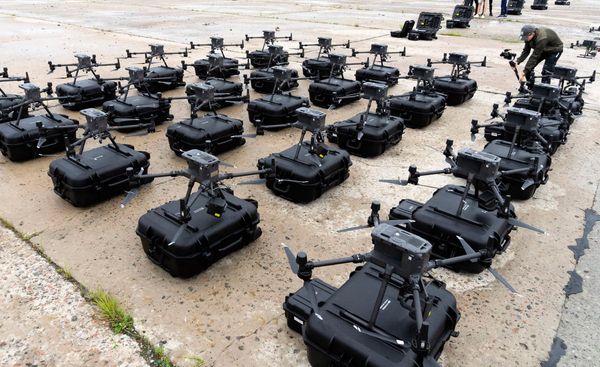
Amid the clashing cacophony of war and the solemn vows of a continued fight from Prime Minister Benjamin Netanyahu, Israel launched an inventive strategy to unearth the Hamas' sophisticated network of underground tunnels in Gaza. Using seawater, it now targets the subterranean maze that serves as Hamas' ammunition storage and command centers.
The idea sprouted as unconventional as the spider web-like tunnels are stubbornly difficult to locate. Coated with concrete and extensive enough to accommodate fighters and their weapons, these tunnels span across Gaza. Old data hints at the existence of around 500 kilometers of them, carefully camouflaged and spread wide, challenging their discovery even after controlling the streets above.
Tunnels have always been a big issue for Israel in its ground offensive. With an estimated 800 tunnel shafts unearthed and 500 destroyed to date, the Israeli Defense Force (IDF) realized the need for a mechanism beyond traditional warfare. The solution was as salient as seawater, a resource abundant along the stretches of Gaza's Mediterranean shore.
Flooding the tunnels proposes a double-edged success: not only does it potentially destroy the Hamas' holdouts and effectively flush them out, but it also provides important insights into the untouched parts of tunnels untraceable from above. But as endless as the sea may appear, this new strategy is dipped cautiously into the waters, tested on a limited basis.
Risks lurk beneath the surface. Hostages might get caught in the deluge, their existence unmarked in the alien architecture of the tunnels. Sparse details encircle how the seawater is channeled into the spaces, its volume, or velocity. Few answers bob up on how to handle an unplanned discovery of hostages amidst the flooding.
Amid these doubts, excerpts from freed hostages narrate chilling tales of damp, five-storied deep tunnels that make up a huge network underneath. Approaching these tales, the IDF treads carefully.
After six long weeks, the true scale of the tunnel problem unfurls in the underbelly of the worn-torn region. The tactic of flooding appears to be a creative solution, a glimmering hope in the daunting darkness of the subterranean labyrinth. The challenge now hinges on locating the tunnels and ensuring the destructive reach of the seawater in the extensive burrow. As this inventive response unfolds, we find ourselves asking: Can Israel turn the tide?







